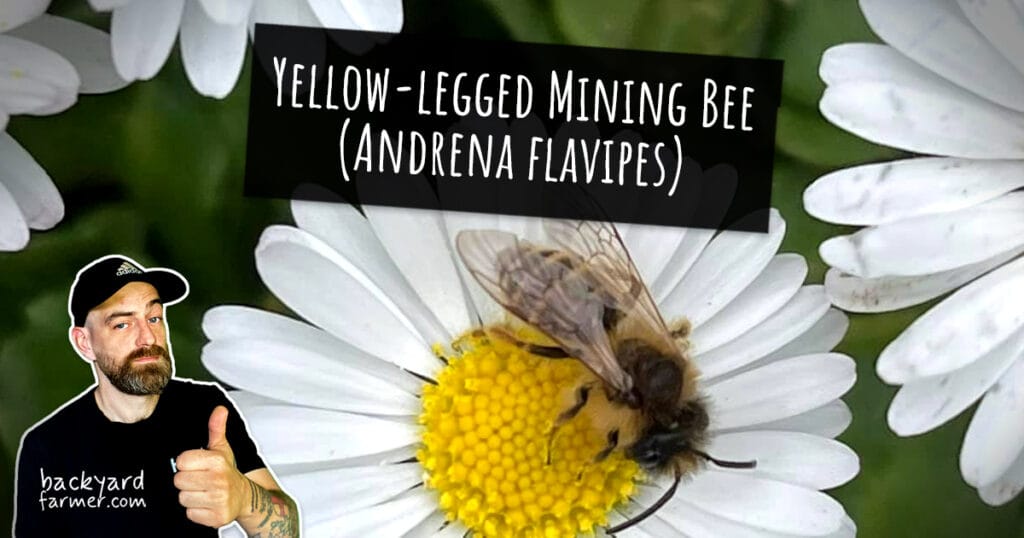Table of contents
Recognizing the Heath Bumblebee
The Heath Bumblebee (Bombus jonellus) is a small, fluffy bumblebee with distinct yellow and black stripes and a pale, almost white tail. You can often spot males, slightly smaller than females, with their longer antennae and yellow facial hair. Unlike some other bumblebees, this species is pretty consistent in its markings, which makes it easier to identify when you’re out and about.
Learn more about identifying different bee species in our comprehensive Bee Identification Guide to support pollinators in your area.
Extended Active Season
This bumblebee stays busy for quite a long time! Queens emerge as early as March, kicking off their colonies, and their activity stretches all the way to September. In southern parts of the UK, they might even have a second generation, buzzing around until late autumn. Thanks to this extended season, they get plenty of time to pollinate and help flowering plants thrive.
Supporting the Ecosystem
The Heath Bumblebee plays a huge role in keeping heathland and coastal ecosystems healthy. As they forage on flowers like heather and clovers, they help these plants reproduce, which in turn supports a whole network of wildlife that relies on these habitats. For more tips on creating pollinator-friendly gardens, check out our guide to bee-friendly plants.
Why the Heath Bumblebee Matters
These bumblebees don’t just stick to the wild—they’re garden guests too! They help pollinate flowers, fruits, and crops, making them important for both nature and agriculture. Plus, their presence is a good sign that local habitats are in good shape. Learn more about the benefits of pollinators in our pollinator conservation article.
Capturing Curiosity
Ever watched a Heath Bumblebee in action? Males are especially fun to observe as they hover around, patrolling for mates. Their determined foraging and charming flight patterns make them a delight for anyone who loves wildlife.
How You Can Help
Want to give these bees a hand? Here are some easy ways to make a difference:
- Plant Native Wildflowers: Add heather, clovers, and vetches to your garden to give them more food options.
- Preserve Heathlands and Coastal Areas: Speak up for these important habitats and support conservation efforts.
- Offer Nesting Sites: Leave some undisturbed vegetation in your yard or create artificial burrows to encourage nesting.
Frequently Asked Questions
1. Where can I spot the Heath Bumblebee in the UK?
The Heath Bumblebee loves coastal areas, heathlands, and gardens with plenty of wildflowers. Keep an eye out for them from early spring through late autumn.
2. How can I distinguish the Heath Bumblebee from other bumblebees?
Look for its bright yellow and black stripes and its pale white tail. It’s smaller than many other bumblebees, and males have noticeable yellow hair on their faces.
3. What threats does the Heath Bumblebee face?
Their biggest challenge is losing their habitats to urbanization and intensive farming. Climate change and pesticides also add to the pressure. For information on protecting bee habitats, visit the Bumblebee Conservation Trust.
4. Can I attract the Heath Bumblebee to my garden?
Absolutely! Plant native flowers like heather and clovers, and leave some undisturbed spaces where they can nest.





